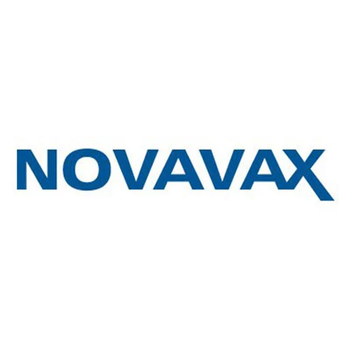
NanoFlu/NVX-CoV2373 elicited functional influenza and COVID-19 antibodies in ferrets 2 weeks after vaccination.

NanoFlu/NVX-CoV2373 elicited functional influenza and COVID-19 antibodies in ferrets 2 weeks after vaccination.

Investigators report the vaccine demonstrated it was safe, well-tolerated, and immunogenic in all age groups.
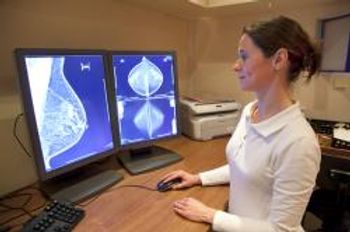
Long-term implications of the pandemic will be felt for years to come. Cancer screenings, for example, were down in the early months of the pandemic in the United States and raise concerns about getting diagnosed and treated.
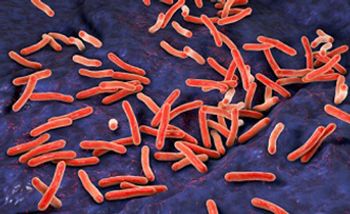
Rifapentine-moxifloxacin based anti-tuberculosis regimen shortened the conventional six-month course of treatment to four.

Protection from “natural infection” may last longer in older adults, authors say.

Patients who completed a 6 week rehabilitation program showed statistically significant improvement in exercise capacity, overall wellbeing and cognition.

Novavax plans to deliver approximately 350 million doses to COVAX during the third quarter of 2021.
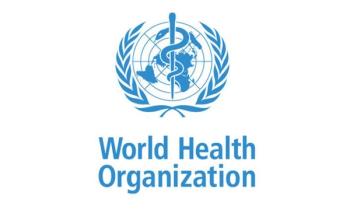
The vaccine will now be included in WHO’s COVAX initiative, which is providing greater and more equitable access to vaccines around the world.
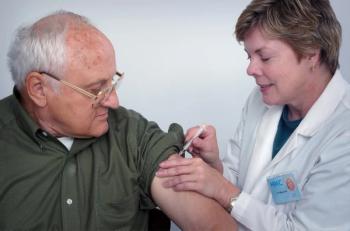
Reaching a vaccination rate of 50% by July of 2021 could prevent 5.8 million cases and 215,790 hospitalizations.

The companies are seeking approval for anyone aged 16 and above.
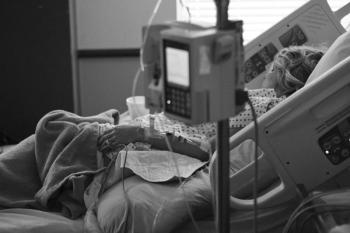
Machine learning improves prediction of bacterial sepsis among immunocompromised recipients of stem cell transplant.

Company plans to initiate a rolling submission for US Food and Drug Administration (FDA) Biologics License Application (BLA) this month for the vaccine.
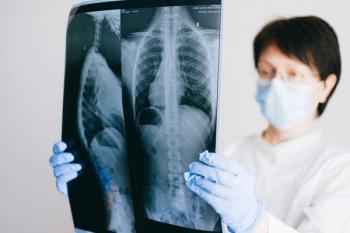
While the majority of COVID-19 patients made a full recovery, some still showed signs of reduced lung functioning during the study period.
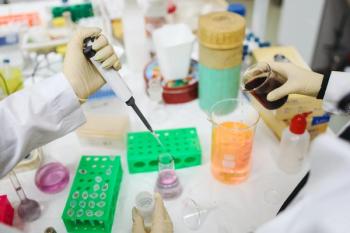
Niclosamide, a common therapy for tapeworm infestation, has shown in lab studies to be highly effective against SARS-CoV-2.
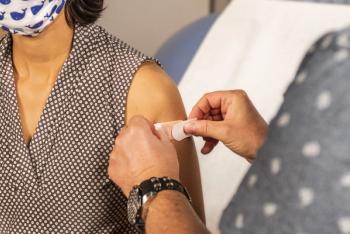
Moderna reports data demonstrating a single 50 µg shot of its mRNA-1273 or mRNA-1273.351 booster shot increased neutralizing titers against SARS-CoV-2, as well as the South African and Brazilian variants.

New real-world research suggest the vaccine may help provide control of the pandemic virus.
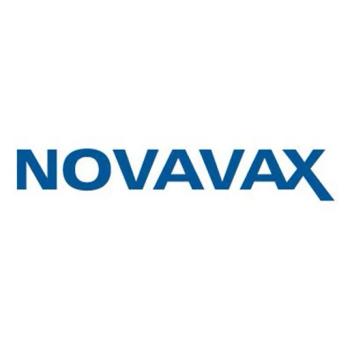
Amongst HIV negative participants, the vaccine demonstrated a 51% efficaciousness against B.1.351.
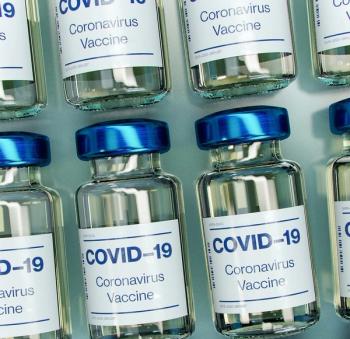
As countries like India and those in South America continue to struggle, the loosening of protections will help in their fight against the virus.

A portable filter was shown to reduce the amount of exercise generated aerosols by 96%.
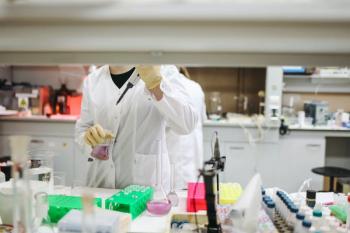
A surface with an optimal combination of wettability and physical texture can help reduce viral transmission.
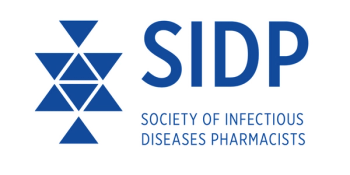
The latest article from SIDP illustrates the challenges of area under the curve (AUC) implementation and offers insights for strategies and resources to overcome them.
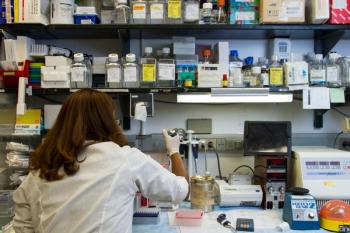
Ultraviolet-C light is able to neutralize the harmful levels of benzalkonium chloride found in many disinfectants, making them safer to use.
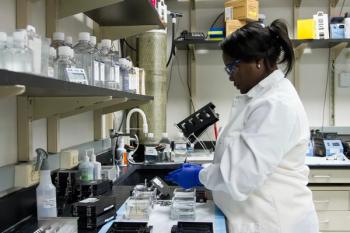
The analysis identified over 250 severity associated proteins that can help to explain varying cases of disease in patients.
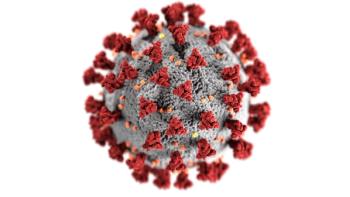
The novel variant was found to be 1.7 to 2.4 times more transmissible and can evade 10% to 46% of gained immunity.
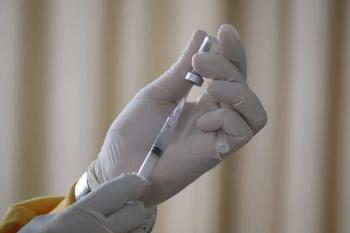
With a 75% vaccination rate, cases, hospitalizations and ICU administrations will plummet.
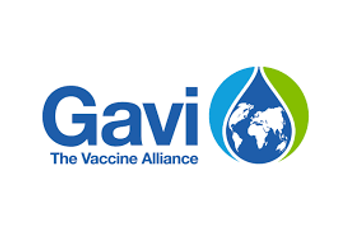
The company will provide the vaccine group with 34 million doses in the fourth quarter of this year, and up to 466 million more doses in 2022.

A report said the vaccine may receive a US Food and Drug Administration (FDA) Emergency Use Authorization (EUA) for the 12-15 year old population as early as next week.

The Connecticut, New York, and New Jersey governors announced plans to return to full capacity again.
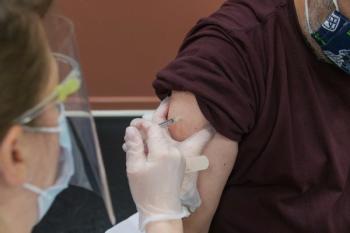
Antibody levels induced by mRNA COVID-19 vaccines are much higher than those induced by natural infection and confer cross-reactivity that could be effective against new variants, a new study from the University of California, Irvine, found.
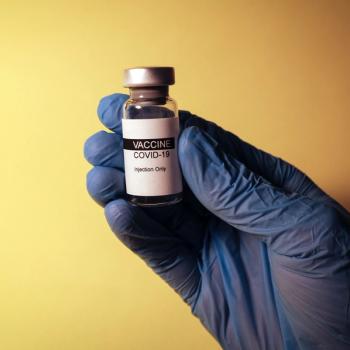
Aid shipments begin to arrive in India from the United States and Britain in efforts to help the country.